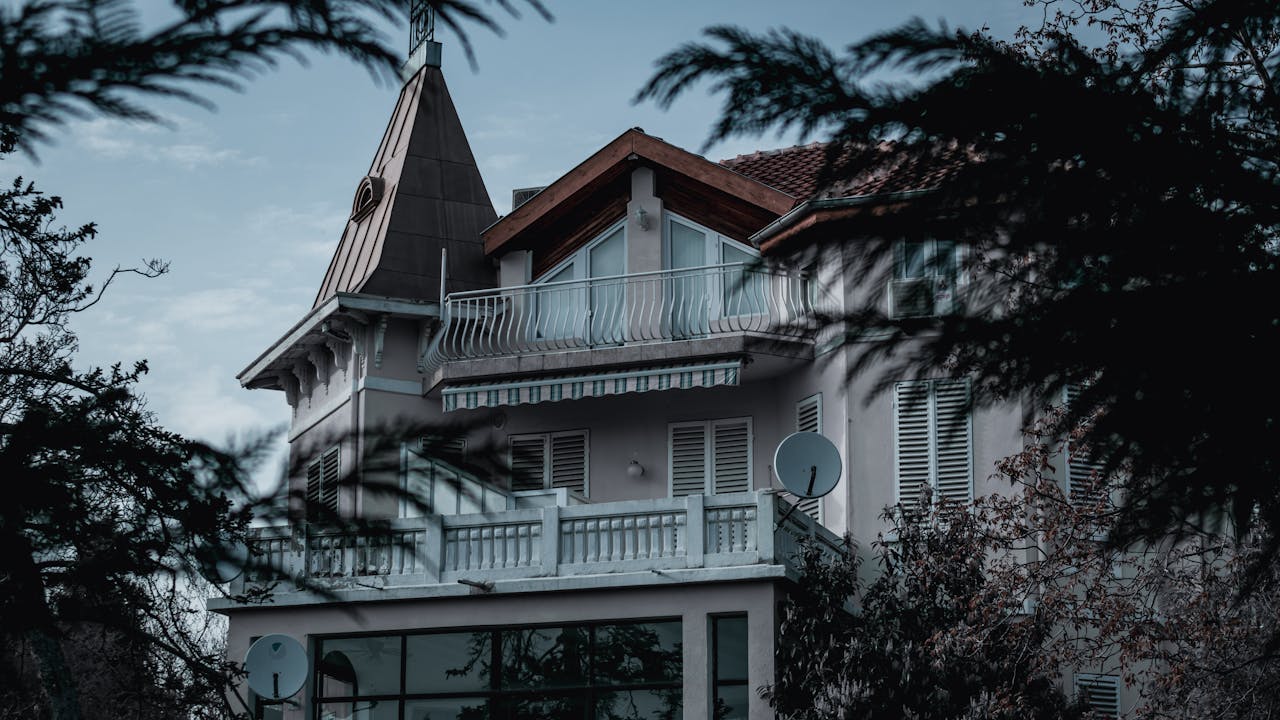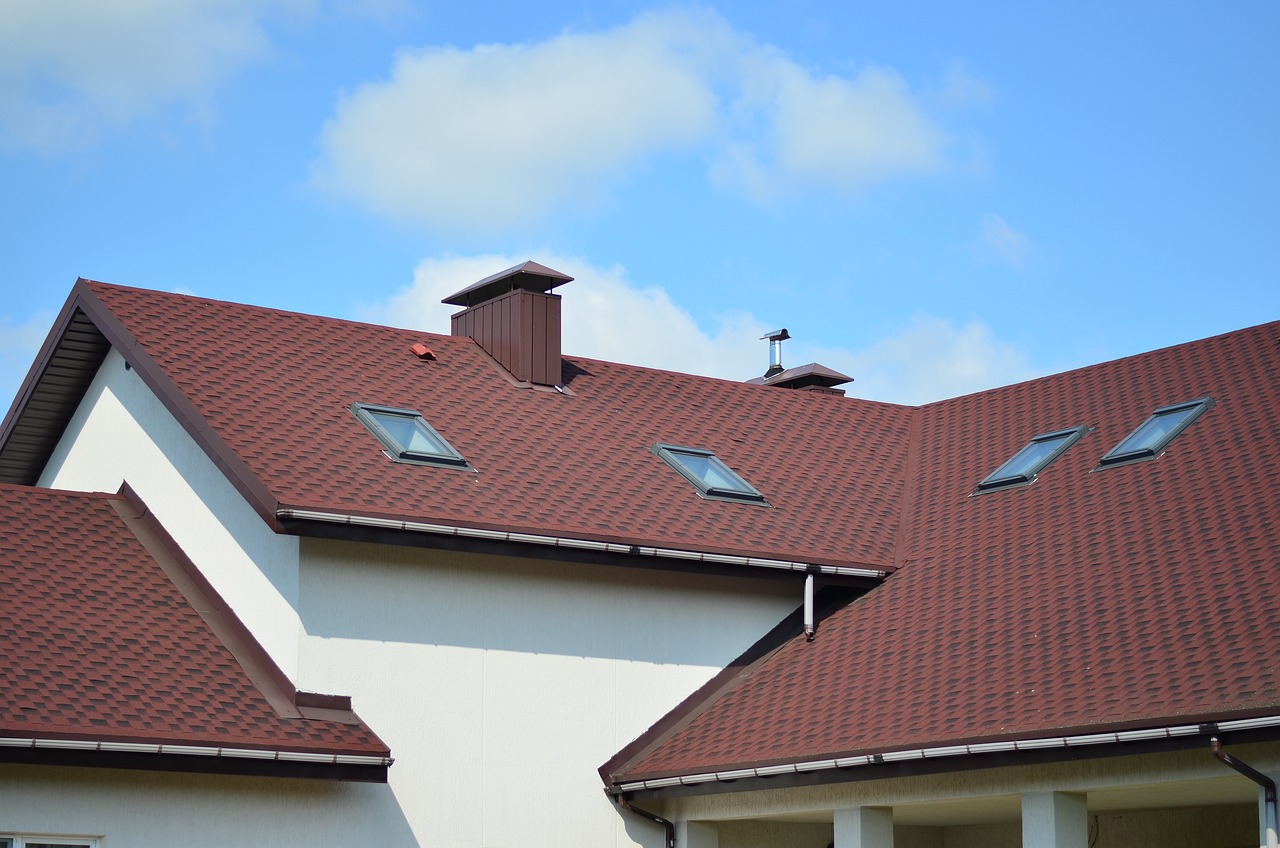Mistakes to Avoid When Renovating Your Roof:
Tips from the Experts

Renovating your roof is a significant investment that can enhance your home's durability, value, and aesthetic appeal. However, many homeowners dive into the project without a clear understanding of the potential pitfalls. From choosing the wrong materials to overlooking essential inspections, even small missteps can lead to costly repairs and compromises in your roof's longevity. That's why we've gathered insights from roofing experts to help you navigate the process smoothly.
In this guide, we'll cover the most common mistakes to avoid, ensuring that your renovation goes as planned, stays within budget, and results in a roof that stands the test of time. Whether you're considering a complete overhaul or just a few upgrades, these tips will help you make informed choices and avoid regrets down the road. Let's get started.
Not Hiring Skilled Professionals for the Job
Roofing renovations demand expertise, from installing shingles to securing proper ventilation and drainage. Attempting to DIY or hiring inexperienced contractors can lead to serious issues, from incorrect installations to safety hazards.
Professional roofers understand the nuances of materials, angles, and local weather demands that impact roof performance. For instance, you can contact expert roof installation services to guarantee a job well done, which helps prevent costly errors down the line. Choosing skilled professionals ensures the job is done right the first time, with warranties and quality assurances that protect your investment.
Choosing Cheap, Low-Quality Materials to Cut Costs
When it comes to roofing, cheaper isn't always better. Many homeowners opt for low-cost materials to save on their renovation budget, only to find that these materials wear down quickly and require frequent repairs or replacements. Cheap shingles or inferior metal can degrade from sun exposure, rain, and temperature changes, leaving your roof vulnerable to leaks and structural damage.
To ensure lasting protection, it's worth exploring professional services that specialize in residential roofing repairs and installation using high-quality materials. Investing in expert craftsmanship from the start can prevent costly problems and extend the life of your roof.
Investing in durable, high-quality materials may have a higher upfront cost, but they save money in the long run by reducing maintenance needs and improving energy efficiency. Make sure to research various material options to understand their longevity and warranty coverage before making a decision.
Ignoring Proper Ventilation Needs
Proper ventilation is crucial for a roof's longevity, yet it's often overlooked in renovations. Without adequate ventilation, heat and moisture can build up in your attic, causing premature aging of roofing materials and even structural damage to your home. Poor ventilation can lead to issues like mold growth, insulation damage, and higher energy bills as your HVAC system works harder to regulate indoor temperatures.
When renovating, ensure that your roof has enough intake and exhaust vents to facilitate consistent airflow. It's essential to work with an expert who can assess your home's ventilation requirements and incorporate suitable solutions, protecting your investment and enhancing indoor air quality.
Skipping Essential Roof Inspections Before Renovation
One of the biggest mistakes homeowners make is skipping a thorough inspection before beginning renovations. Many hidden issues, like damaged underlayment, rotting wood, or deteriorating flashing, can go unnoticed until they cause significant problems. A professional inspection will reveal any structural weaknesses that need addressing to ensure your new roof stands the test of time.
During the inspection, experts can identify any repairs needed to avoid unforeseen costs during or after the renovation. Skipping this step may lead to short-lived results and compromise the quality of your entire project, so always start with a detailed inspection.
Overlooking the Importance of Roof Slope and Drainage
Roof slope and drainage play a critical role in directing water away from your home. Yet, many homeowners overlook these elements during renovation, especially when opting for aesthetic changes that may alter the roof's angle. Incorrect slopes can cause water to pool, leading to leaks, mold growth, and even structural damage.
Likewise, inadequate drainage can create pressure points on your roof, wearing it down more quickly. If you're making changes to the roof's shape, work with a qualified professional to ensure the slope and drainage remain optimal. Correct drainage setup can protect against water damage and ensure the longevity of your roofing investment.
Ignoring Local Building Codes and Permit Requirements
Renovating a roof involves adherence to local building codes and, often, acquiring permits. Ignoring these regulations can result in hefty fines, delays, and even the need to dismantle completed work. Local codes are designed to ensure safety and durability, taking into account factors like weather conditions, material standards, and structural integrity.
Before starting your renovation, research your area's specific requirements, or work with a contractor who understands the codes. Following these guidelines will not only keep your project compliant but also provide peace of mind knowing that your new roof meets the highest standards for safety and performance.

Renovating your roof can enhance your home's value, durability, and appearance—but only if you avoid common mistakes. By investing in quality materials, ensuring proper ventilation, and conducting thorough inspections, you'll create a roof that lasts. Prioritizing professional expertise also protects you from costly errors and guarantees high-quality workmanship. Don't forget to check local building codes and consider how slope and drainage affect longevity. When approached carefully, your roof renovation will serve you well for years to come, shielding your home from the elements while enhancing its overall appeal and efficiency.